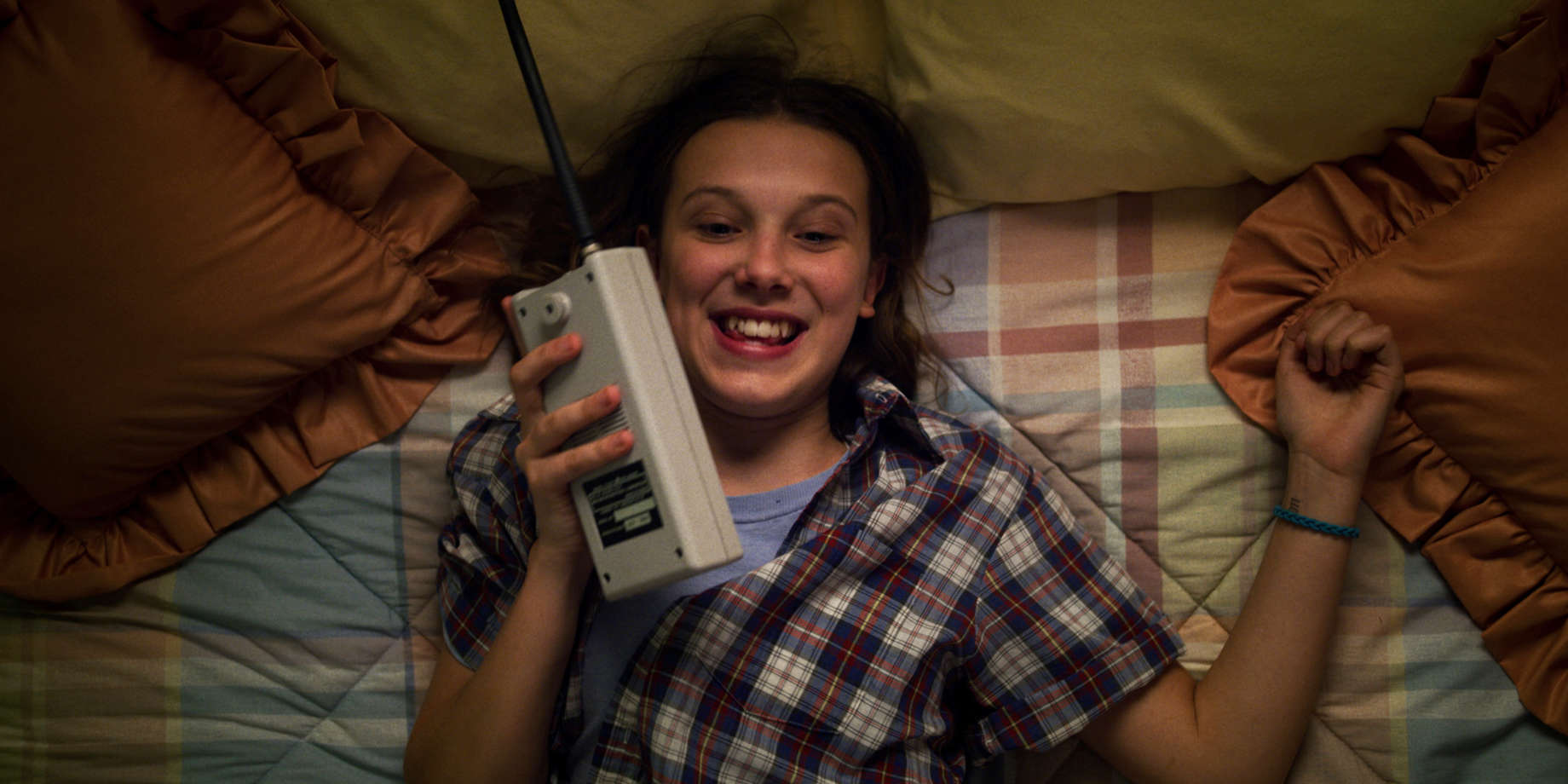Representation Analysis.
Tide Ad
In this specific advertisement, a traditionally feminine mother sarcastically thanks Tide for leaving her "tomboy" daughter's clothes impeccable after some stray crayons were left in the daughter's pocket. It is obvious that the creators of this commercial strived for the female audience to sympathize with the mother, as she struggles to cope with the fact that her daughter does inherently not prefer traditionally female activities. Right off the bat, it can be noticed that the speaking mother embraces almost all aspects of conventional femininity; she sports a pastel blue, frilly dress, and dainty pink cardigan and chooses to decorate her home with pastel and floral-based scheme. She is also very softspoken and nonconfrontational. The home itself, screams stereotypical feminine qualities; for example, the pink accents and flowers that are scattered all across the living room. The reiteration in the media that women are only allowed to enjoy frail, dainty, and pastels and act submissively; stereotyping the "typical woman" only further hurts society for it places labels on what a woman should be, instead of letting each individual act freely based on their preferences. This ad reinforces the idea that soft and nice should be the standard for women, while curious and adventurous, as described of the daughter, should be looked down upon. The cliché molds of femininity limit others form expressing themselves and pursuing interests that actually like. The ad shows the mother indirectly complaining about her daughter's "traditionally masculine" clothing choices, which is shown in a humorous light. In reality, The mother is allowing society's perception of gender to define her daughter's choices and put her in a box. By perpetuating sexist stereotypes, only negative results can be produced for future generations.
Axe Ad
In this specific advertisement, thousands of semi-nude, bikini-wearing girls run through the forest like animals as they chase after a specific man, who is applying Axe body spray. The women are dressed in tiny bikinis and are all in model shape. This not only reinforces the impossible beauty standards held in today's society but also sheds a light on the misogynist undertones of the commercial. While the man, satisfied, applies body spray he is content, the woman is sexualized and used merely as a tool to attract the attention of men. The women are not individual people in this commercial, they are a herd, with the only intention of getting the attention of the man. The man only waits for the women to come to him, while the women desperately fight to claw their ways through. This creates a false idea that women are desperate for men and those other women must pull down other women, in order to reach their goals. Their animalistic features also have a sexist touch. By making them wild and animal-like they are spreading the idea that women are less intelligent, more impulsive and less evolved than men, based on the actions of the girls. This commercial was made for the enjoyment of men; it was clearly made with the demographic's opinion in mind.











